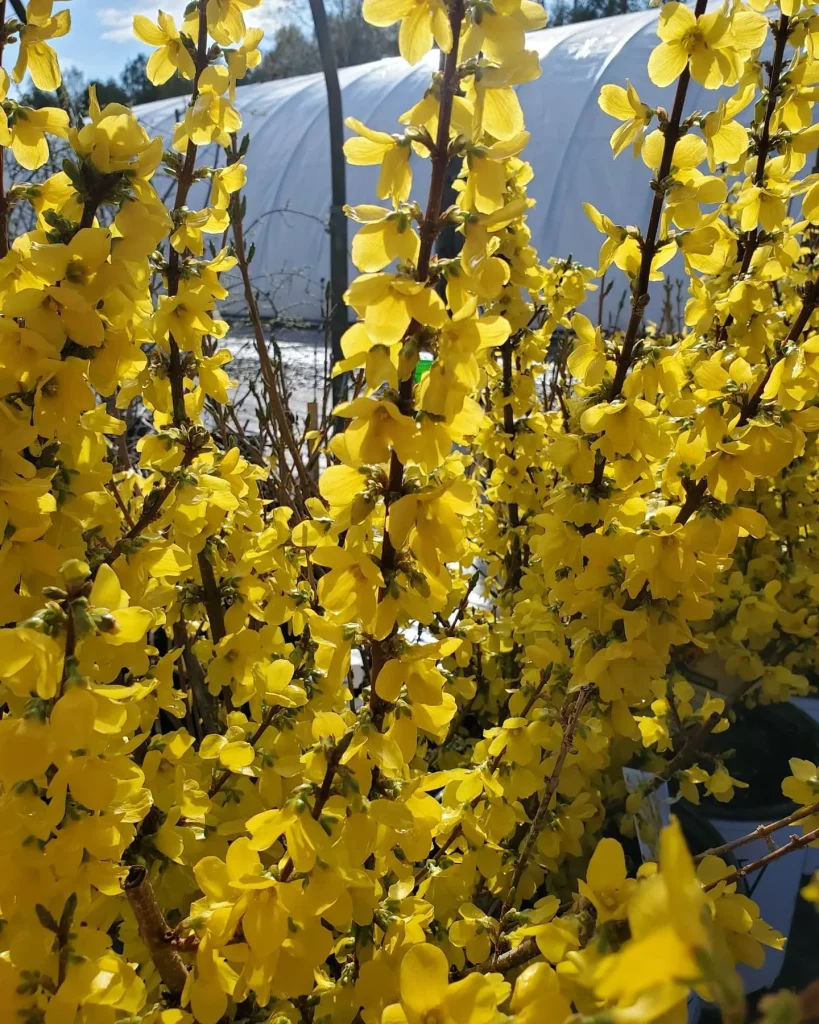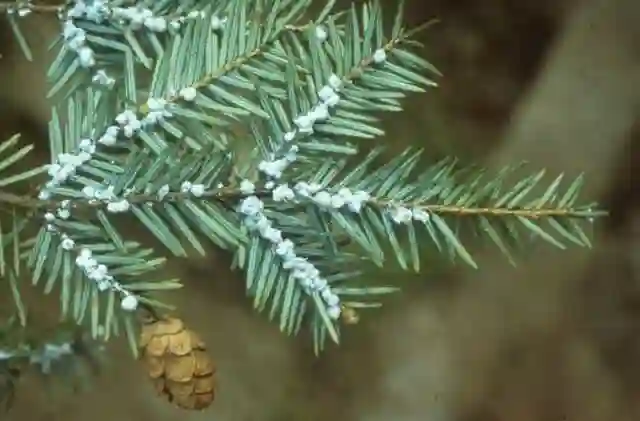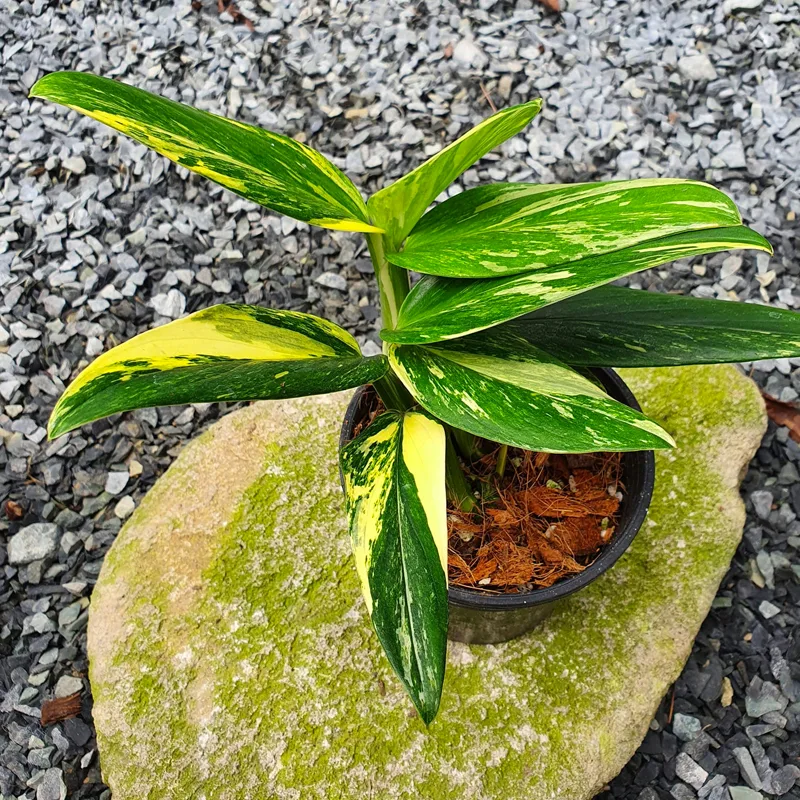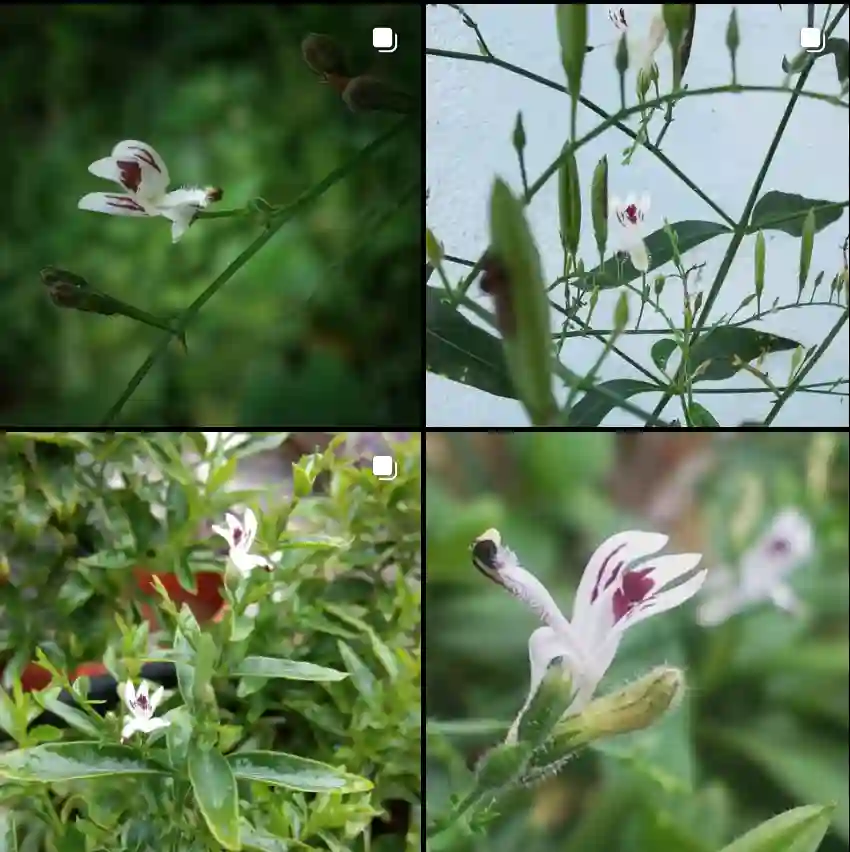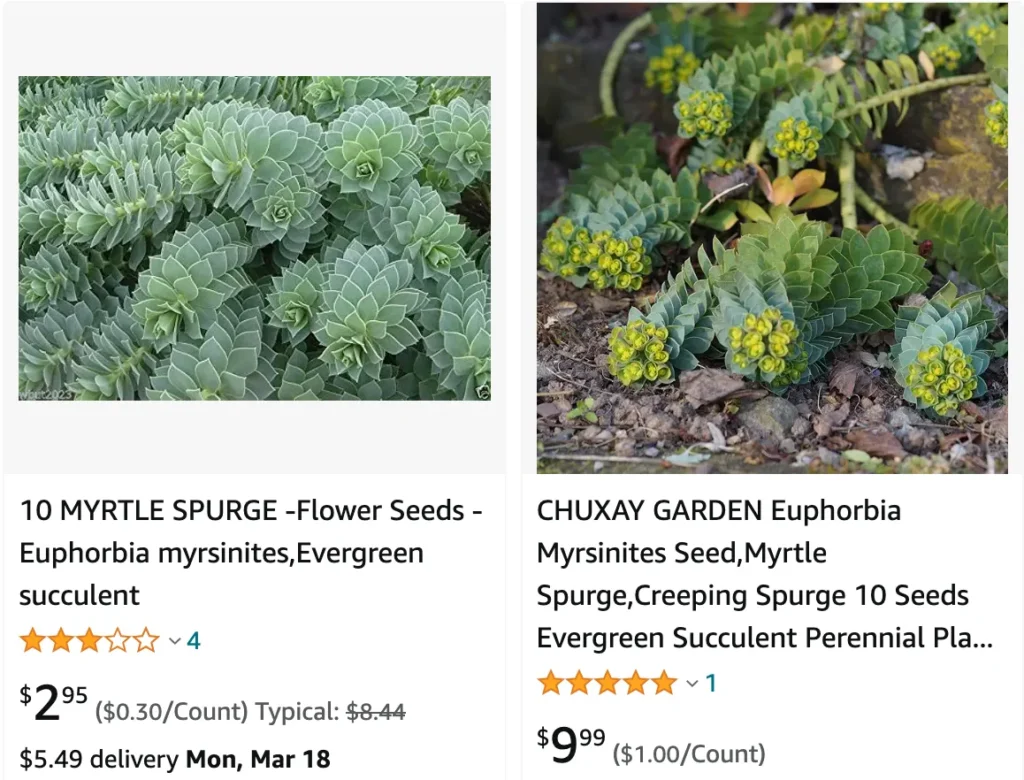
Euphorbia Rigida: A Tough and Textured Beauty for Your Garden
As a gardener with a penchant for unique and low-maintenance plants, the Euphorbia rigida, or upright myrtle spurge, has become a fast favorite. This little gem boasts a combination of attractive foliage, cheerful flowers, and a resilience that makes it a perfect addition to sunny corners and dry patches in my garden.
Euphorbia rigida isn’t your average flowering shrub. For starters, it’s a member of the Euphorbiaceae family, known for their milky sap – a trait I’ll get to in a moment. This evergreen perennial hails from the sunny climes of southern Europe and southwest Asia, bringing a touch of Mediterranean charm to my garden.
2093 Species in Genus Euphorbia
What Makes Euphorbia Rigida Special?
Euphorbia rigida’s appeal lies in its textural contrast and interesting form. Its upright stems, clad in fleshy, blue-green, spirally arranged leaves, create a sense of verticality. The foliage itself is a delight, adding a cool, calming presence to the garden, especially during the hotter months.
Come spring, the magic truly unfolds. Euphorbia rigida bursts into bloom, adorned with clusters of bright yellow, star-shaped flowers nestled within chartreuse to bright yellow bracts. These cheerful blooms can sometimes be tinged with pink, adding a touch of whimsy. The combination of cool-toned foliage and vibrant flowers creates a stunning visual contrast that never fails to catch my eye.
Beyond its aesthetics, Euphorbia rigida is a champion of resilience. This tough cookie thrives in well-drained soil and tolerates both full sun and some afternoon shade. It’s unfazed by occasional drought and even shrugs off deer, making it a low-maintenance wonder for busy gardeners like myself.
A Word of Caution: The Milky Sap
As I mentioned earlier, Euphorbia rigida, like many members of its family, produces a milky white sap. This sap can be irritating to the skin and eyes, so it’s important to wear gloves when handling the plant. If you have curious pets or young children who frequent your garden, it might be best to choose a different plant for safety reasons.
How to Care for Euphorbia Rigida?
Euphorbia rigida is about as easy-going a plant as you can find. Here’s what you need to know to keep yours thriving:
- Light: Full sun to some afternoon shade is ideal.
- Soil: Well-drained soil is crucial. Amend heavy clay soil with sand or compost to improve drainage.
- Watering: Water deeply when the soil feels dry to the touch, allowing it to dry out completely between waterings. This plant is very drought tolerant, so err on the side of underwatering.
- Feeding: Fertilizing is not necessary, but a light feeding with a balanced fertilizer in spring can encourage growth.
How to Propagate Euphorbia Rigida?
Sharing the beauty of Euphorbia rigida is easy. Here are two methods for propagation:
- Stem Cuttings: Take stem cuttings in late spring or early summer. Choose healthy, non-flowering stems and cut them just below a node. Allow the milky sap to dry completely (about a day) before planting the cuttings in a pot filled with well-draining potting mix. Keep the soil moist but not soggy and place the pot in a warm, bright location with indirect sunlight. Roots should develop within a few weeks.
- Seed: Propagation by seed is less common but can be rewarding. Sow seeds in late winter or early spring in a well-draining seed starting mix. Keep the soil moist and the pot warm and sunny. Germination can take several weeks.
How to Prune Euphorbia Rigida?
Euphorbia rigida generally doesn’t require much pruning. However, if you want to maintain a bushier shape or control its size, light pruning can be done in late winter or early spring before new growth appears. Wear gloves and use sharp pruners to remove any dead, diseased, or unwanted branches.
What to Plant With Euphorbia Rigida?
Euphorbia rigida’s architectural form and contrasting colors make it a versatile companion plant. Here are a few ideas:
- Lavender: The combination of Euphorbia rigida’s cool blue-green foliage and lavender’s fragrant purple flowers creates a stunning and calming sight.
- Ornamental Grasses: The upright form of Euphorbia rigida complements the flowing lines of ornamental grasses like feather reed grass or maiden grass.
- Succulents: For a low-water garden, Euphorbia rigida pairs beautifully with succulents, echoing its drought tolerance and architectural form.
By incorporating Euphorbia rigida into your garden, you’ll gain a low-maintenance plant that offers year-round interest.
If i die, water my plants!
